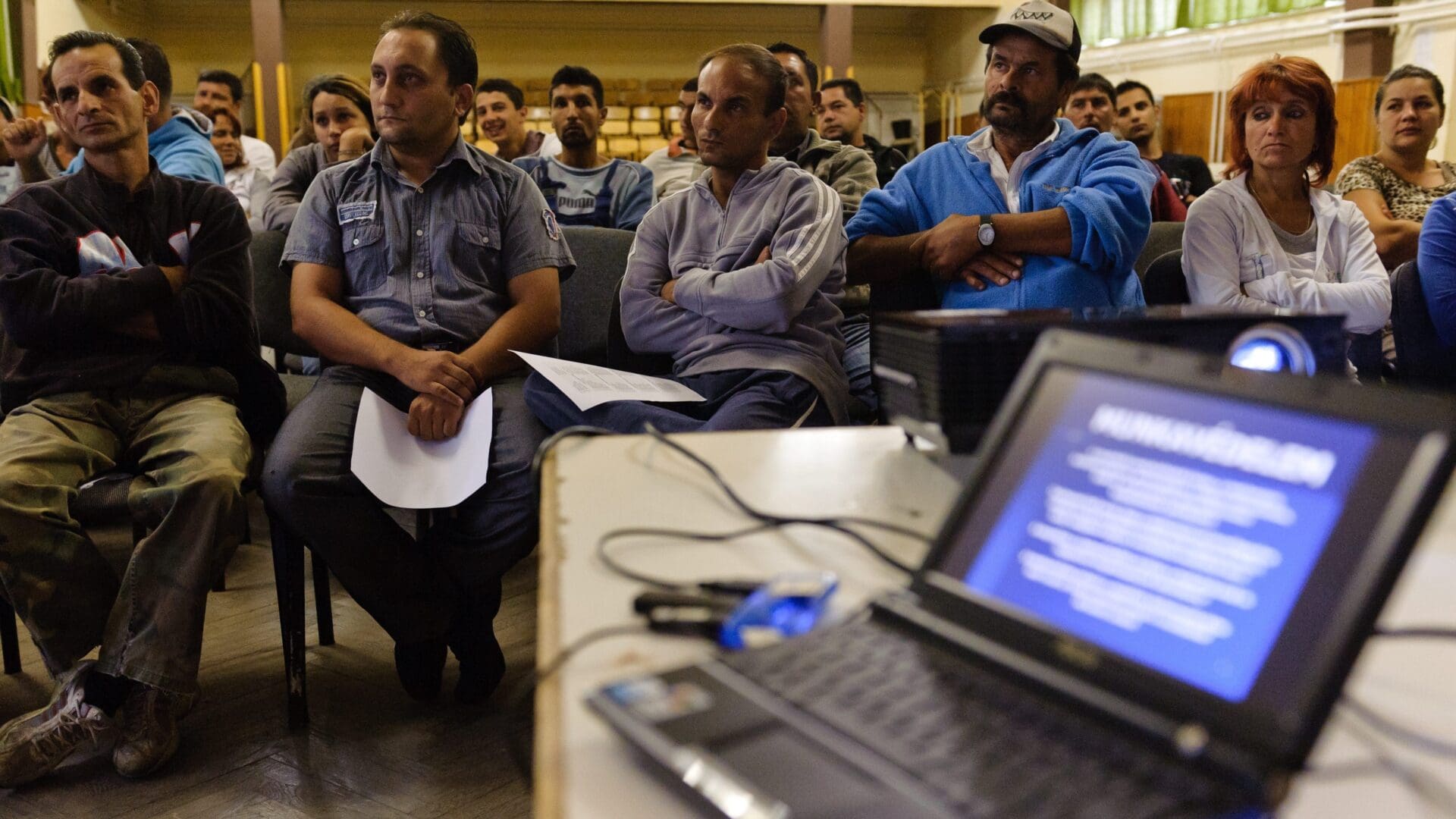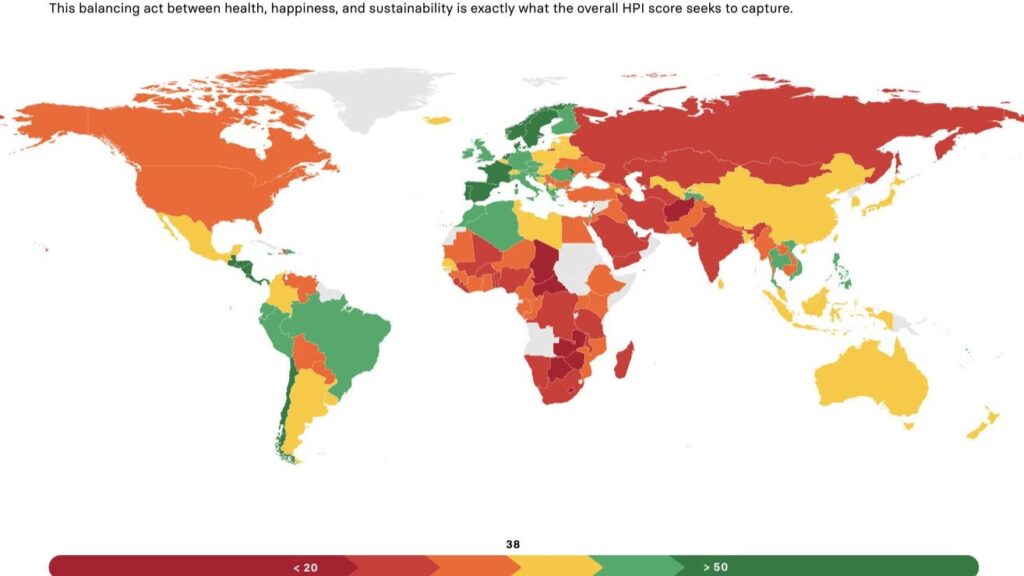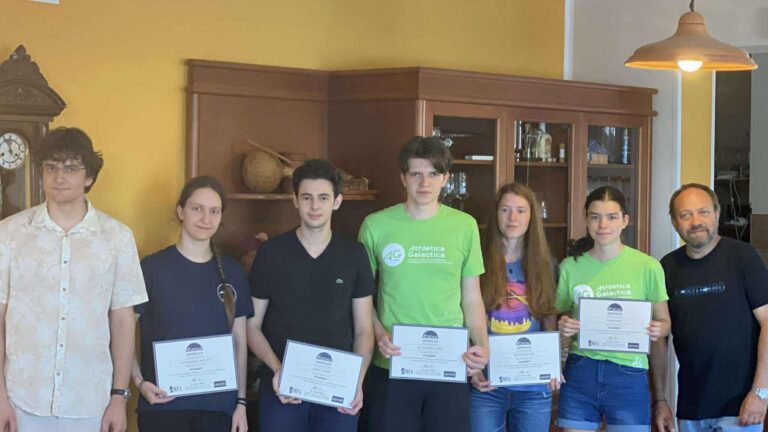What should be known about the Roma in Hungary, what is their story, what challenges do they face, why is this important, and what can we conservatives do about it? And how does TikTok come into all this? In my multi-part series of articles, I will take a look at the modern history and situation of the Hungarian Roma and make some suggestions.
Non-Hungarian readers may be less aware that Hungary has one of the largest Roma communities in Europe. So the challenges they face are relevant for the whole country. It is important to highlight that the Roma community in Hungary is diverse, and of course not all Hungarian Roma are poor and uneducated. There is a growing number of those who finish secondary and even tertiary education, and there are quite a few Hungarian Roma intellectuals and professionals as well. What the present analysis focuses on is those Roma, unfortunately constituting the majority in their community, who face serious challenges due to a lack of education and integration.
To better understand the issue, we need to go back in time, to the period of the system change. The Roma were the real losers of the fall of communism. With the regime change, most Hungarian Roma, and in fact, many non-Roma Hungarians, lost their livelihoods, as the unskilled jobs they had filled vaporized with the collapse of the outdated and unsustainable industry created under state socialism. As a result, a large part of the Roma community that had previously been more or less integrated into Hungarian society became jobless. On top of that, the situation of the under-educated and under-skilled Roma did not really improve in the decades that followed either, and the newly created jobs required skilled workers, while there were no serious programmes funded by the Socialist governments at the helm of the country for eight years between 2002 and 2010 to integrate the most deprived strata of Hungary’s largest ethnic community. The longer the Roma remained in this state, the stronger the vicious circle of poverty-lack of education-unemployment-poverty became.
In the five years that followed the regime change, the Roma were excluded from the labour market at an unprecedented rate
and to an unprecedented extent. To put this in figures: four times more Roma became unemployed after 1990 than non-Roma.
While the liberal market economy introduced promised prosperity to all, it actually put those with little education and little or no social capital in a precarious position. The situation was especially dire in rural areas, where there were virtually no job opportunities and where the coexistence of the ever more marginalized Roma and the majority population became extremely strained. Petty crime grew to unprecedented levels, with Roma stealing crops from the non-Roma Hungarians, even breaking into houses and sometimes physically abusing defenceless, elderly people in their own homes.
The already tense situation further escalated with the infamous series of murders of Roma people perpetrated four neo-Nazi individuals under the leftist-liberal governments of the 2000s. The overtly anti-Gypsy far-right party Jobbik (now a liberal microscopic formation in alliance with the Also minuscule Socialists) emerged and gained worryingly large support, and the Socialist government even fuelled social tensions by misguided social policy measures and a rhetoric that blamed on issues on rising racism.
After the historic change of government of 2010, the Fidwesz governments embarked on a wholly different road.
The basic tenets of the advancement of the Roma were formulated: integration through education and work.
As Prime Minister Orbán has clearly expressed, the Fidesz government believes in a work-based society. This essentially conservative idea holds that work gives people dignity, pride and autonomy. The Orbán governments have replaced the welfare handouts of the Socialist with a public work programme and an economic policy that in ten years created a million new jobs in a country of ten million.
Not only did this help the Roma get out of the pit, both mentally and physically, but it was also beneficial for both the economy and society in general. It also successfully put out the fires fuelled by the stereotyping of the Roma as living off benefits and being ’lazy’.
The Fidesz government’s general reform of the social system and its investments into creating new jobs were not specifically targeted at the Roma, but the Roma have been unquestionably one of the main beneficiaries. At the same time, the government also came up with a long-term vision and strategy on how to advance the Roma not just in Hungary, but in Europe as a whole. It was Lívia Járóka, a Fidesz MEP and European Parliament Vice-President of Roma extraction, who fought for and drafted the first ever EU Roma Strategic Framework, which for the first time addressed the inclusion of Roma at the pan-European level.
All these efforts would not have been possible had the government not been successful at boosting economic development in general. Since 2010, wages in Hungary have nearly tripled. At the same time, there still has been no real breakthrough as far as the status of the Roma is concerned. Five times more Roma than non-Roma live in severe material deprivation (although their proportion has halved in ten years). While 18 per cent of Roma live in very low labour-intensive households, only four per cent of non-Roma do, although the improvement is also striking in this regard: ten years ago, the same percentage was 45 per cent for the Roma. I could continue to list more statistical data, but the conclusion would be still the same:
incredible results achieved and still and yet an incredible backlog faced.
What next? What is the right way forward? This question is crucial, because there are still more children born into Roma families than the non-Roma ones, so the proportion of Roma in society, especially in the younger cohorts, is increasing. From the point of view of future policies, we need to focus specifically on Roma youth, through education, incentives, and motivation, to give them hope and opportunities. Believe it or not, TikTok could play an important role in that process. You can find out in the next instalment!
Related articles:








